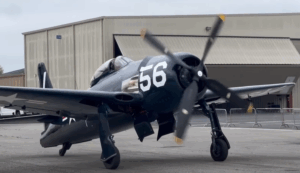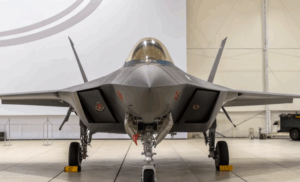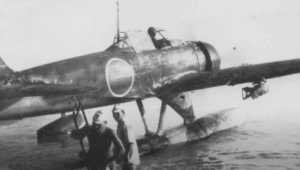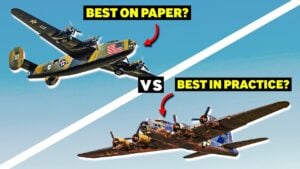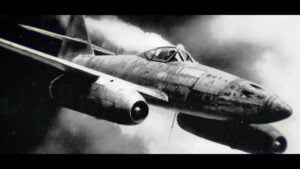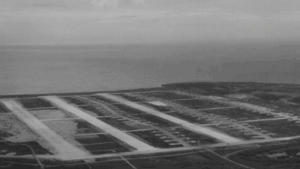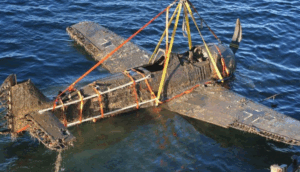Watch An Incredible Footage of Hellcat F6F Crash on Aircraft Carrier During WWII

WW2 Marine Carrier Aviation / YouTube
In a striking piece of history captured on film, we delve into an event from February 6th, 1945. This was during the shakedown cruise of the USS Block Island, marked as CVE-106. The crew, part of squadron VFM-511, was in the midst of practicing carrier landings. One particular Hellcat, known by its code F(N)26, met with an unfortunate accident. The aircraft was filmed as it lost balance, tipping and its propeller striking the deck hard. The crash was severe enough to dislodge the engine, and disturbingly, the pilot’s head was seen hitting against the cockpit panel.
Analyzing the Unseen
This footage is part of a larger film that have been edited to show both in real-time and slowed down, revealing the drama of the moment in vivid detail. It shows a pilot, his head wound bandaged, discussing the crash with the Landing Signal Officer (LSO). Although the plane is associated with Major R. Porter, the injured pilot appears to resemble more closely Lt. Troyer than Major Porter, who by then was a seasoned pilot. This footage stirs questions and invites viewers to ponder on what really happened.
Major Porter, linked to the ill-fated Hellcat, bears an intriguing tale. His journey began in 1941, when he stepped into the world of naval aviation. Not long after getting his wings, he was on his way to vehement battlegrounds like Samoa in 1942, followed by the legendary Guadalcanal in 1943. His bravery and skill as a pilot earned him the duty of flying the Corsair F4U-1, marking a significant phase in his career filled with commendable achievements.

Historical Preservation
Porter’s combat prowess was undeniable. He was recognized for downing three enemy aircraft and had four more probable victories to his name. His dedication and valor led to him being honored with prestigious awards, including the Navy Cross and the Order of the Flying Cross. His story didn’t end with the war; he continued to serve, ultimately retiring as a Colonel in the USMCR in 1962.
The video segments we share are precious windows into the past, providing unique insights into the experiences of those who served in World War II. This footage, alongside countless others, is preserved through the efforts of the USMC History Division and partnerships like the one with the University of South Carolina. These films are not just historical records; they are narratives of courage, skill, and sometimes, tragedy, from an era that shaped our world. For those interested in delving deeper into this period, the digital collections at digital.library.sc.edu offer a treasure trove of resources waiting to be explored.
Watch the video below:














